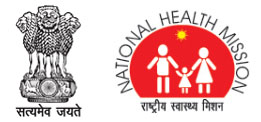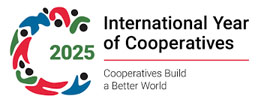Patient Safety is the key component of quality and an integral part of the health care systems. It means avoidance, prevention, and amelioration of adverse events and injuries arising from or during the processes of health care. In developed countries, 1 in 10 patients experiences adverse events and harm in hospitalized care settings. Available evidence reflects that 15% of hospital expenditure takes place in addressing the issue related to safety failures.
To ensure safety and quality of care, many initiatives have been undertaken under the ambit of the National Health Mission such includes National Quality Assurance Standards, Kayakalp, LaQshya, etc. It includes a comprehensive set of standards that specifically target patient safety parameters viz. Medication safety, surgical safety, infection prevention and control, accuracy in patient identification, identification, and mitigation of risks, etc.
The quality initiative under the ambit of National Quality Assurance Standards provides a framework through which hospitals can deliver quality & safer patient care services. It assesses hospitals from a patient, caregiver, and staff safety perspective; builds staff capacity in adhering with clinical and evidence-based practices; ensures compliance to infection control practices; involves patients & relatives in decision-making for their treatment plan; and promotes a culture of patient engagement, learning, and continual improvement. Thereby reducing the “knowing-doing” gap by translating evidence of effectiveness into routine practice.


